The Pepper Anomaly: Decoding Vietnam's Unshaken Market in a Shifting Global Landscape
Uncover why Vietnam's pepper prices defy global dips. Analyze domestic resilience, strategic imports, and commodity shifts shaping the future of this vital spice market.
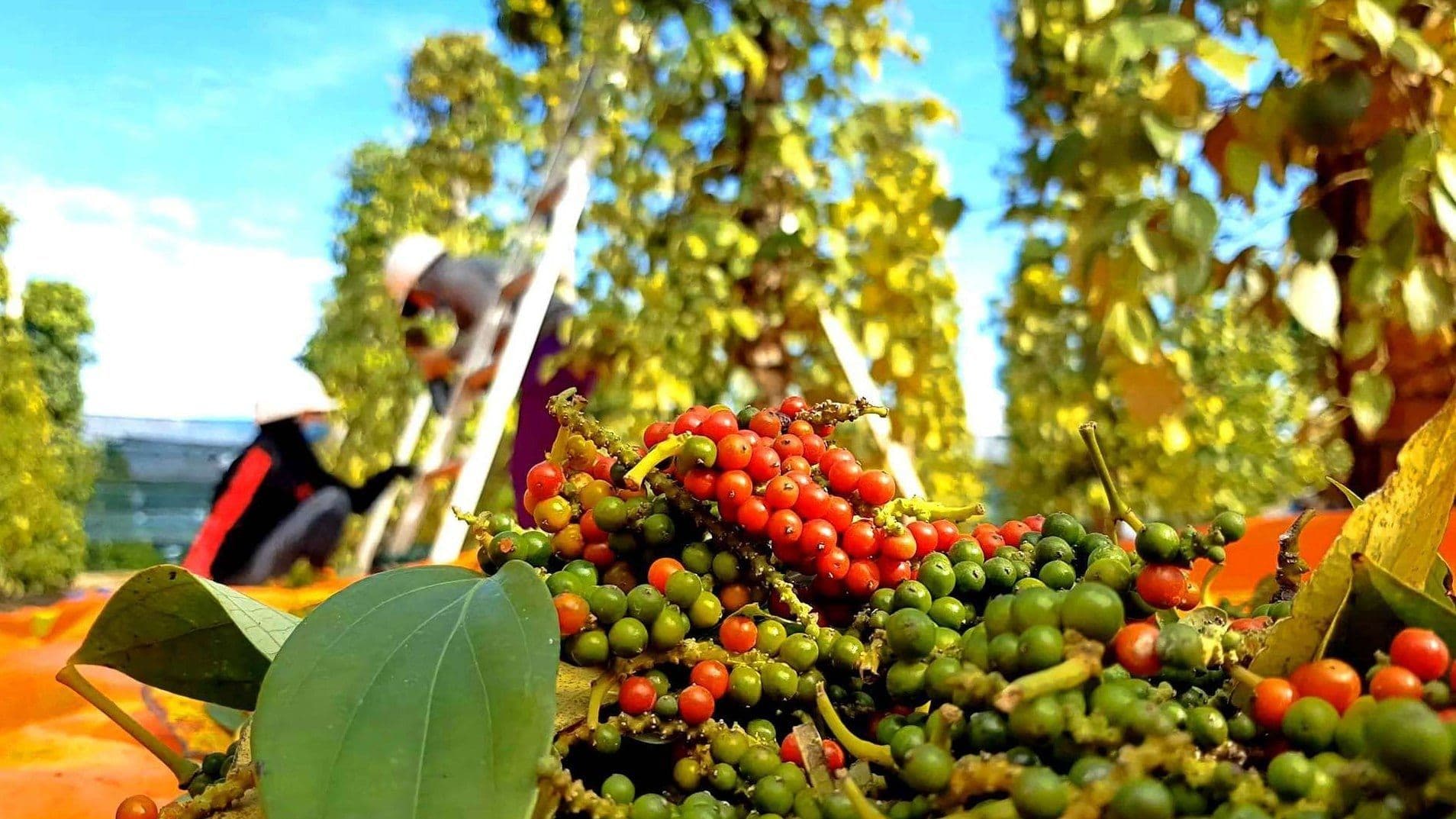
A Tale of Two Markets: Vietnam's Domestic Resilience vs. Global Trends
The global pepper market has recently found itself in a curious state of flux, characterized by a distinct downtrend in international prices. Yet, as the world navigates this decline, domestic pepper market appears to defy gravity, maintaining remarkably stable and high price points, consistently hovering between 140,000 and 143,000 VND per kilogram. This perplexing divergence forms the core of an unfolding economic narrative. For instance, the recently adjusted prices downwards for key producers like , with seeing a slight dip, indicating a broader contraction across global exchanges. Despite these external pressures, Vietnam's internal rates have held firm, showing little to no impact from the international slump. This resilience isn't merely a statistical anomaly; it points to deeper, unique dynamics at play within the nation's pepper ecosystem. What allows Vietnam to stand apart when others falter? The answer, it seems, lies in a complex interplay of internal supply-demand imbalances and strategic market maneuvers that prioritize local stability over immediate global fluctuations. It’s a fascinating paradox, demanding a closer look at the forces shaping this singular market.
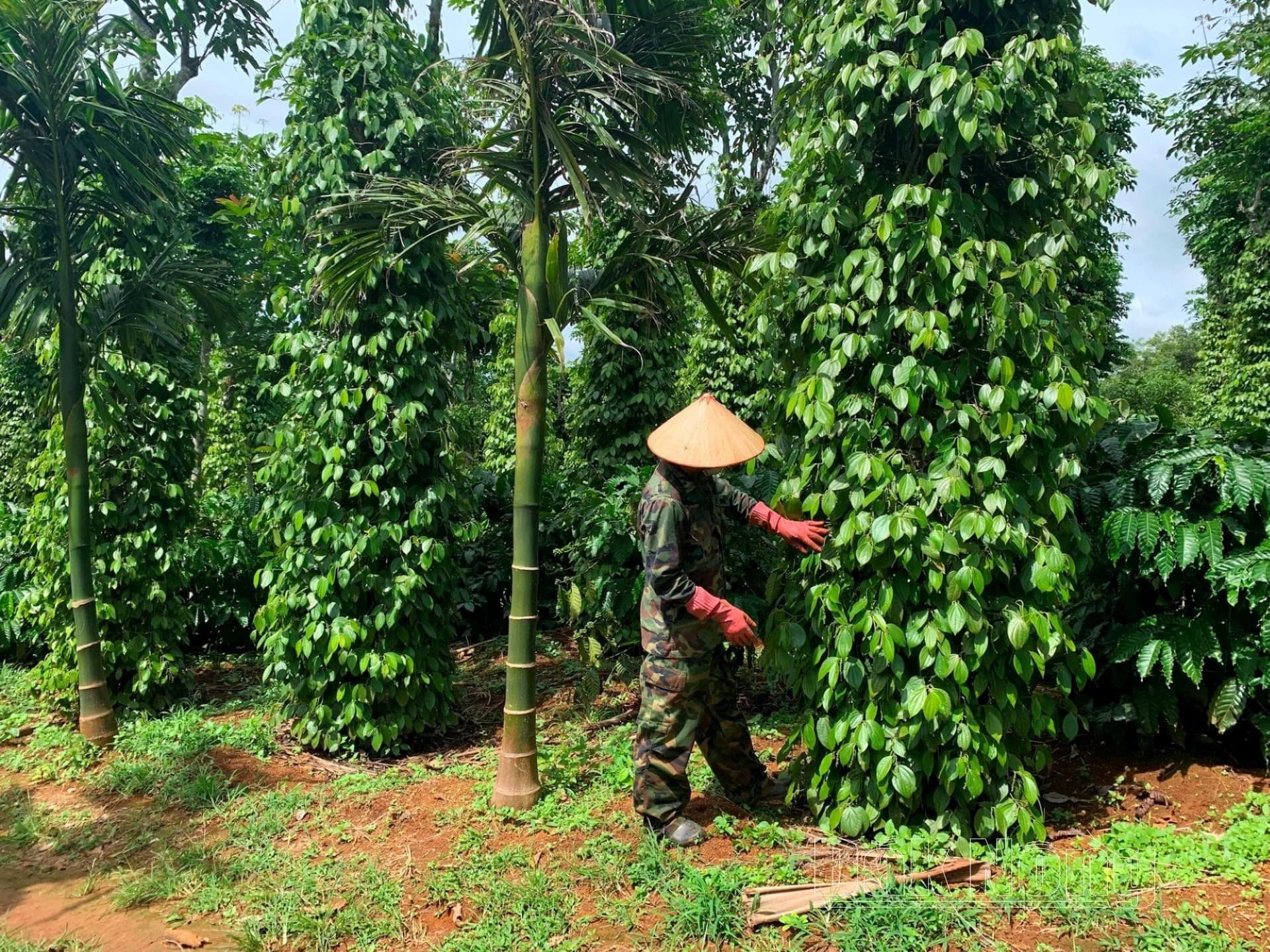
The Unseen Forces: Why Vietnamese Pepper Prices Hold Firm
To understand unusual market stability, one must look beyond the surface of global price movements and delve into the intricate domestic landscape. The primary driver behind the consistently high local pepper prices is a fundamental imbalance: the nation's current inventory and annual harvest simply aren't enough to satisfy its substantial export commitments. , despite being a major global exporter, finds itself in a peculiar position where its output falls short of its international demand. This domestic supply deficit compels Vietnamese enterprises to aggressively import pepper, primarily to fulfill existing export contracts and maintain their market share. This strategic necessity creates a robust floor for local prices, effectively insulating them from the downward trends seen elsewhere. The urgency to secure adequate stock for re-export means businesses are willing to pay a premium, ensuring that domestic prices remain elevated, particularly in key growing regions like and , where prices hit the upper end of the 143,000 VND/kg range. This unique internal demand, driven by export obligations, acts as a powerful counter-force to global price pressures.

The Great Commodity Tug-of-War: Coffee's Rise and Pepper's Pull
The narrative of pepper market cannot be fully appreciated without acknowledging the dramatic shifts occurring in other commodity sectors, most notably . A significant "tug-of-war" for capital and attention is unfolding on global exchanges. While pepper has experienced a period of relative doldrums, the , particularly , has witnessed a spectacular surge. Prices for , for instance, soared by approximately $500 per ton in a single week in August 2025, reaching unprecedented levels. This vigorous upward momentum in coffee has naturally drawn speculative investment away from less dynamic commodities like pepper. Investors, always seeking the most lucrative opportunities, have channeled their capital into the burgeoning coffee market, leaving the global pepper scene feeling even more subdued. However, this global capital reallocation has had surprisingly little impact on domestic pepper prices. This highlights the profound insulation of internal market dynamics, where the previously discussed supply-demand deficit and strategic imperatives trump the broader market sentiment driven by competing commodities. The local market, focused on securing physical stock, seems largely detached from the financial speculation influencing global pepper rates.
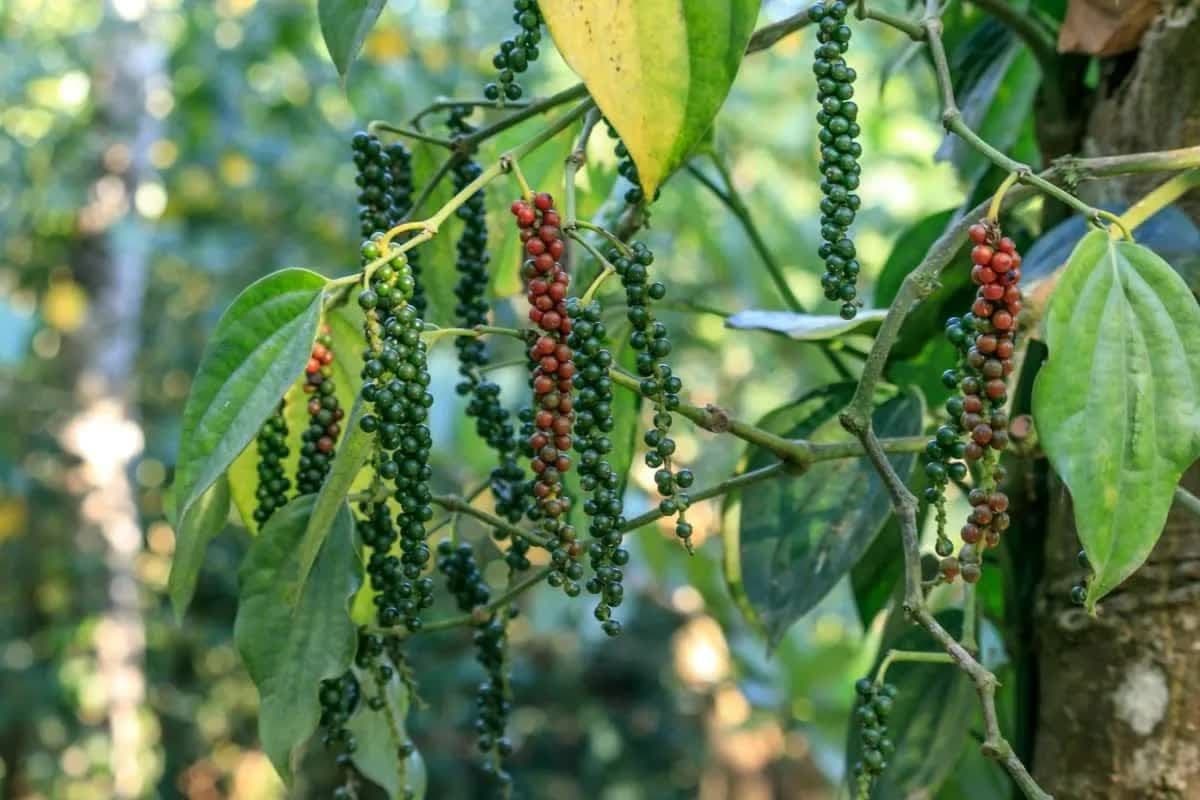
Strategic Imperatives: Vietnam's Proactive Approach to Supply and Demand
ability to maintain high domestic pepper prices amidst a global downturn is no accident; it’s a direct consequence of deliberate strategic imperatives. Recognizing the persistent gap between domestic production and robust international demand, Vietnamese enterprises have embraced a proactive re-export model. They are actively importing pepper from other origins to supplement local supply, ensuring that can meet its substantial export quotas and preserve its dominant position in the global pepper trade. This isn't merely about volume; it's also about value. Despite a slight decrease in export volume (0.2% in the first 17 days of August 2025 compared to July), the nation saw a 2.1% increase in export revenue, totaling $71.8 million. This suggests a strategic focus on commanding higher prices for its exports, leveraging the strong domestic price as a benchmark. Furthermore, benefits from favorable trade policies and sustained demand from major markets like the , , and emerging economies in , alongside a recovering interest from . These factors collectively empower to dictate its own market terms, prioritizing stability and value over succumbing to external price pressures.

Beyond the Horizon: Navigating the Future of Vietnam's Pepper Industry
Looking ahead, the sustainability of unique pepper market position hinges on several critical factors. The current strategy of maintaining high domestic prices through strategic imports for re-export has proven effective in the short term, ensuring stability and robust export revenue. However, the long-term viability of this model warrants careful consideration. While forecasts indicate continued growth in Vietnamese pepper exports, buoyed by sustained high prices and supportive trade policies, the reliance on external supply for a significant portion of export volume could introduce vulnerabilities. Global price volatility, potential disruptions in supply chains from other producing nations, or shifts in international trade agreements could all impact this delicate balance. To truly solidify its future, pepper industry might need to explore avenues beyond mere re-export. This could involve greater investment in domestic cultivation efficiency, focusing on high-quality, value-added processing, and diversifying export markets even further. Cultivating resilience against climate change impacts on local yields will also be paramount. By strategically adapting and innovating, can ensure its pepper anomaly evolves into a sustainable model for long-term growth and global leadership.
Related Articles
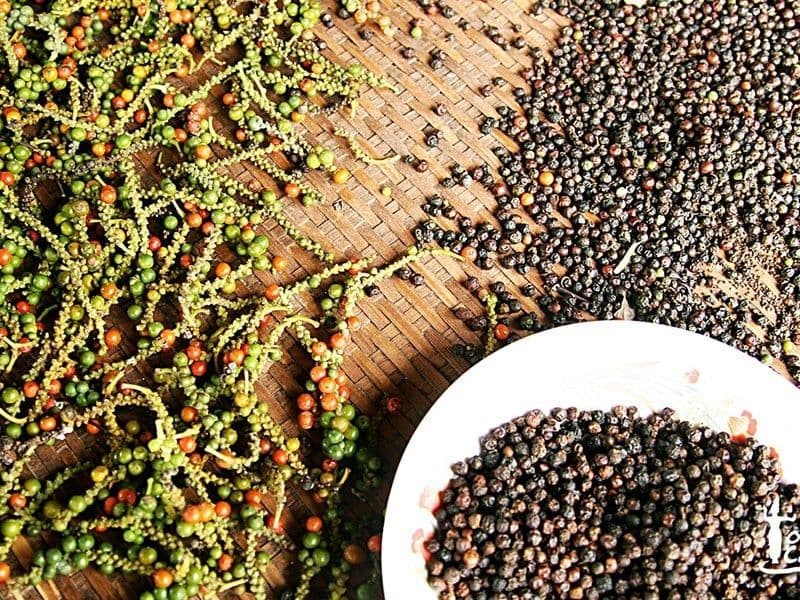
Harvesting Resilience: Vietnam's Pepper Market Charts an Independent Course

Harvesting Resilience: Vietnam's Pepper Market Charts an Independent Course
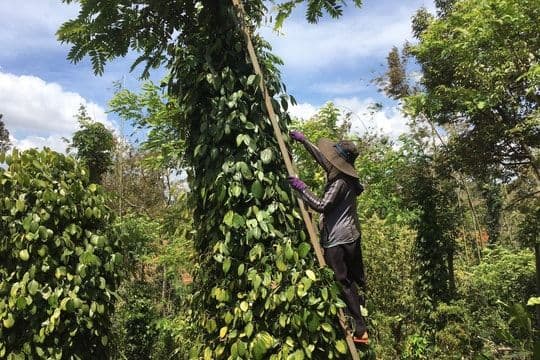
The Unfolding Pepper Saga: Unpacking Vietnam's Climb to Record Highs

The Unfolding Pepper Saga: Unpacking Vietnam's Climb to Record Highs
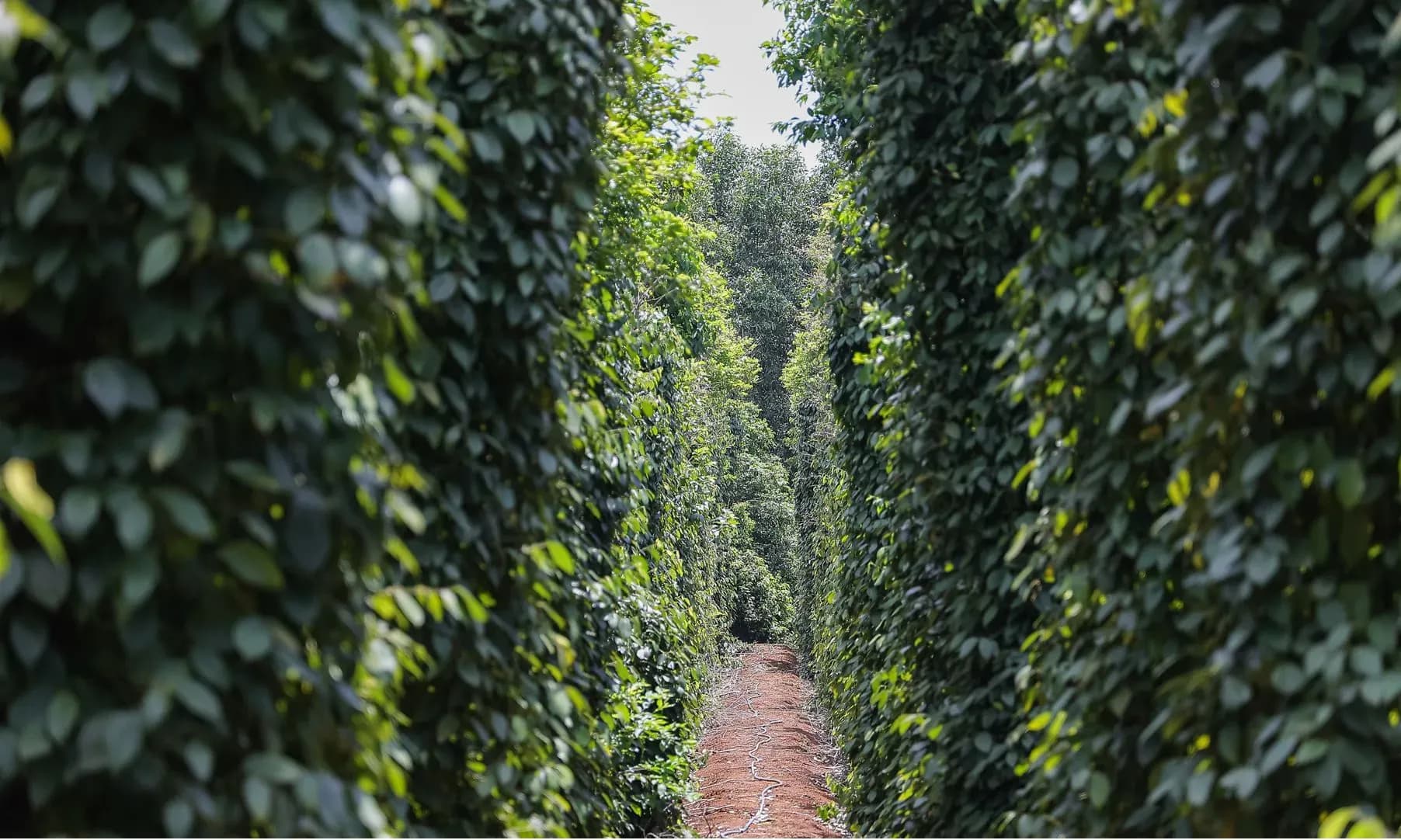
Pepper's Paradox: Decoding the Disparity in Global Spice Trade

Pepper's Paradox: Decoding the Disparity in Global Spice Trade
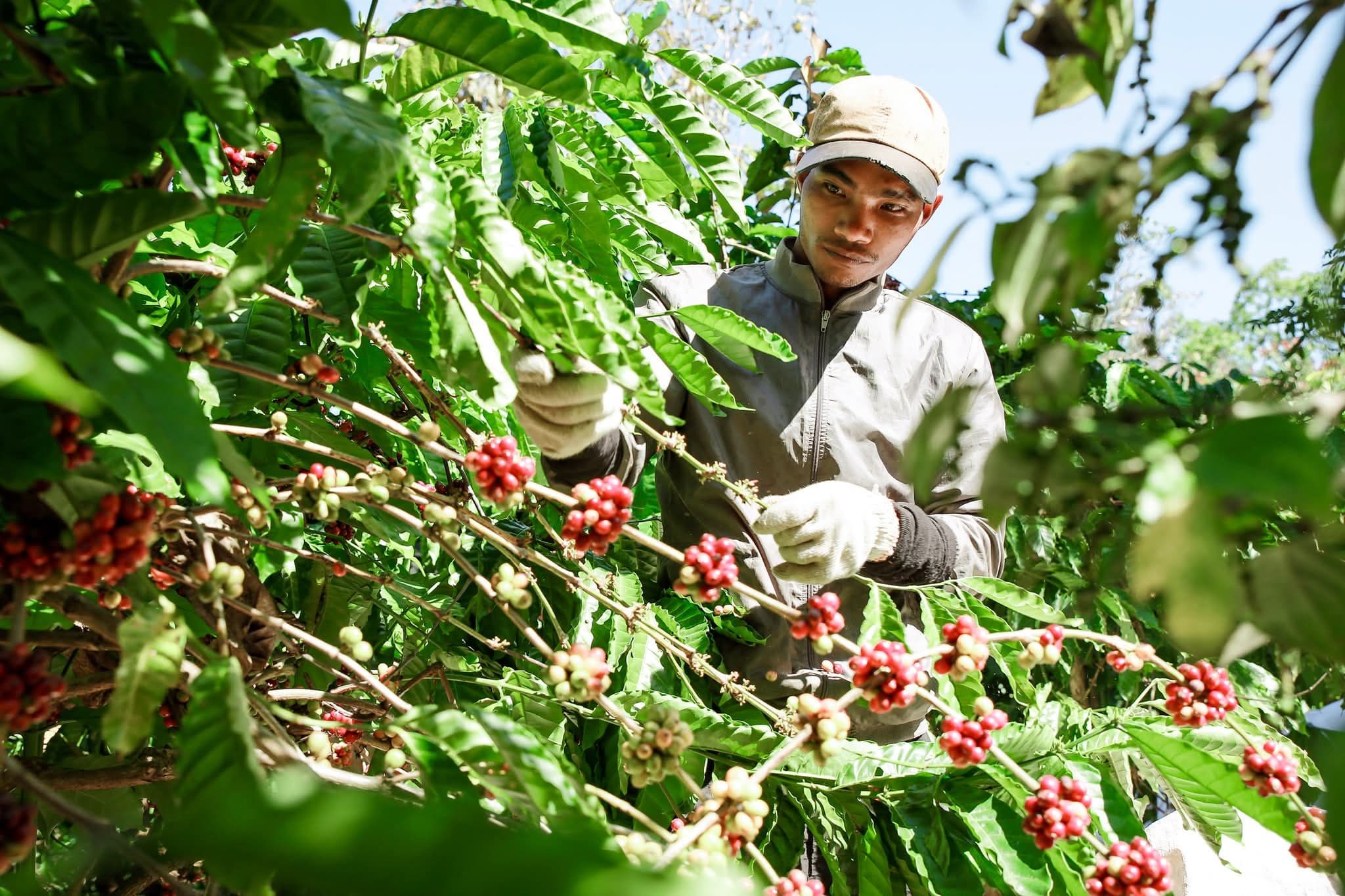
Sweet Success, Bitter Policy? Navigating Vietnam's Unprecedented Coffee Season
